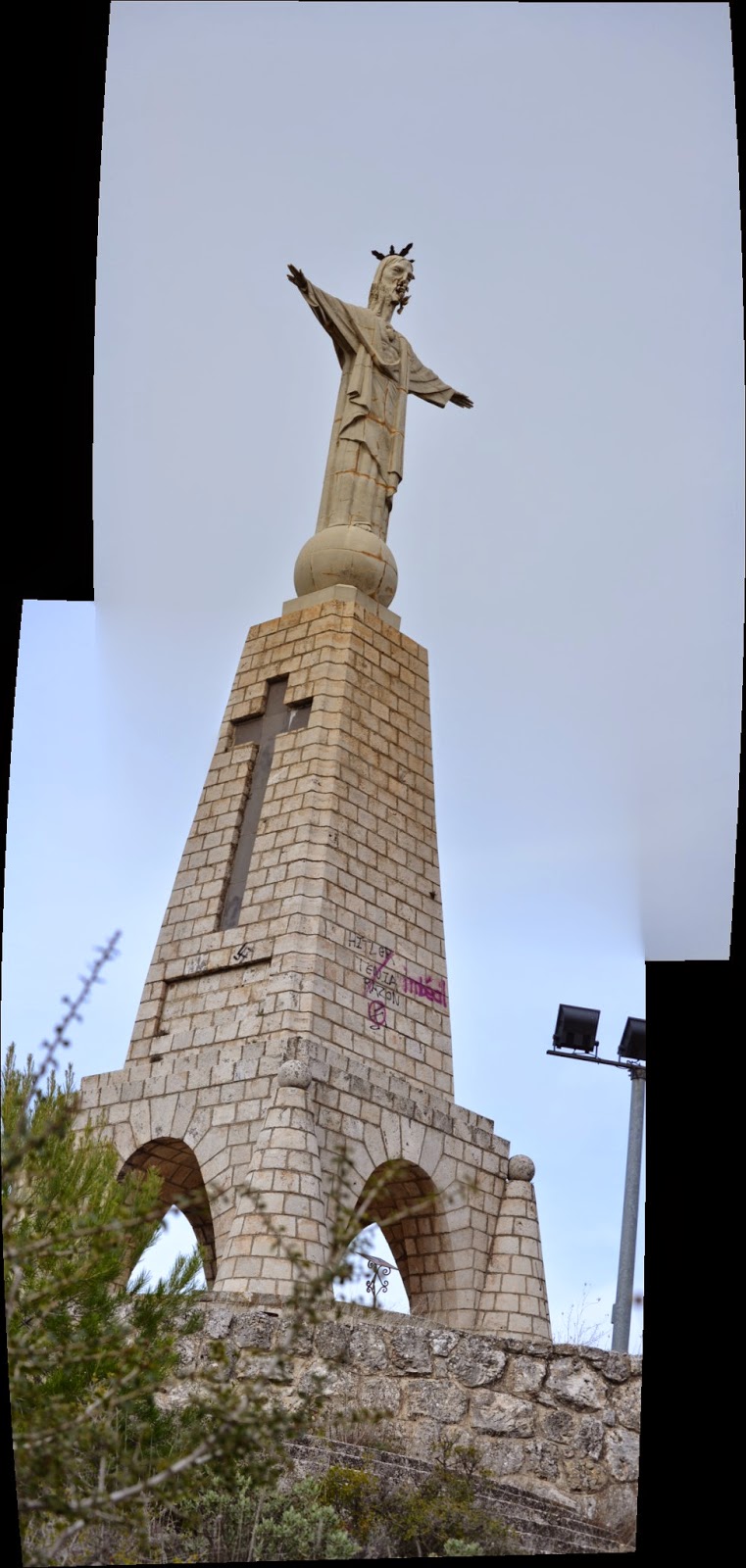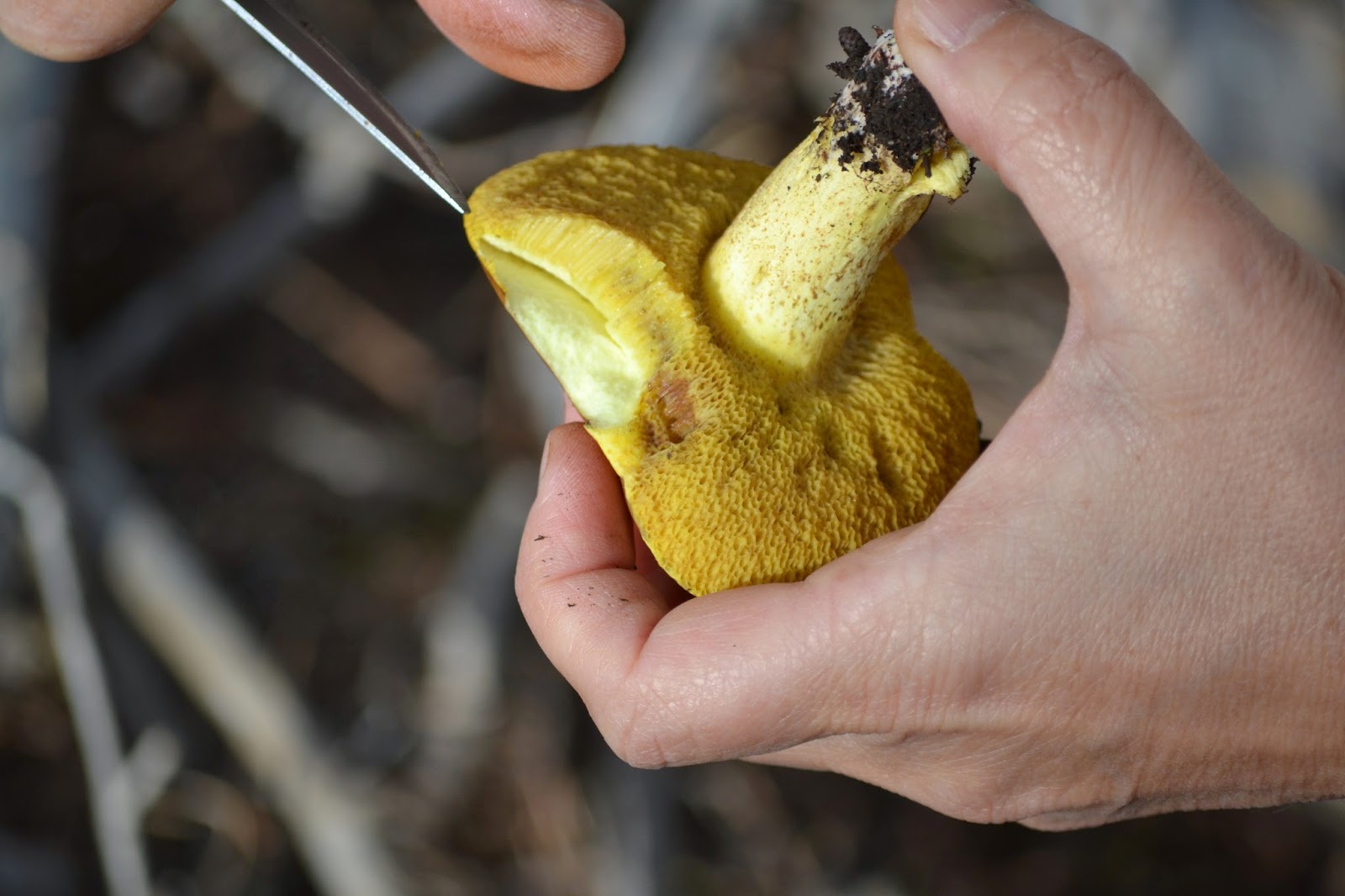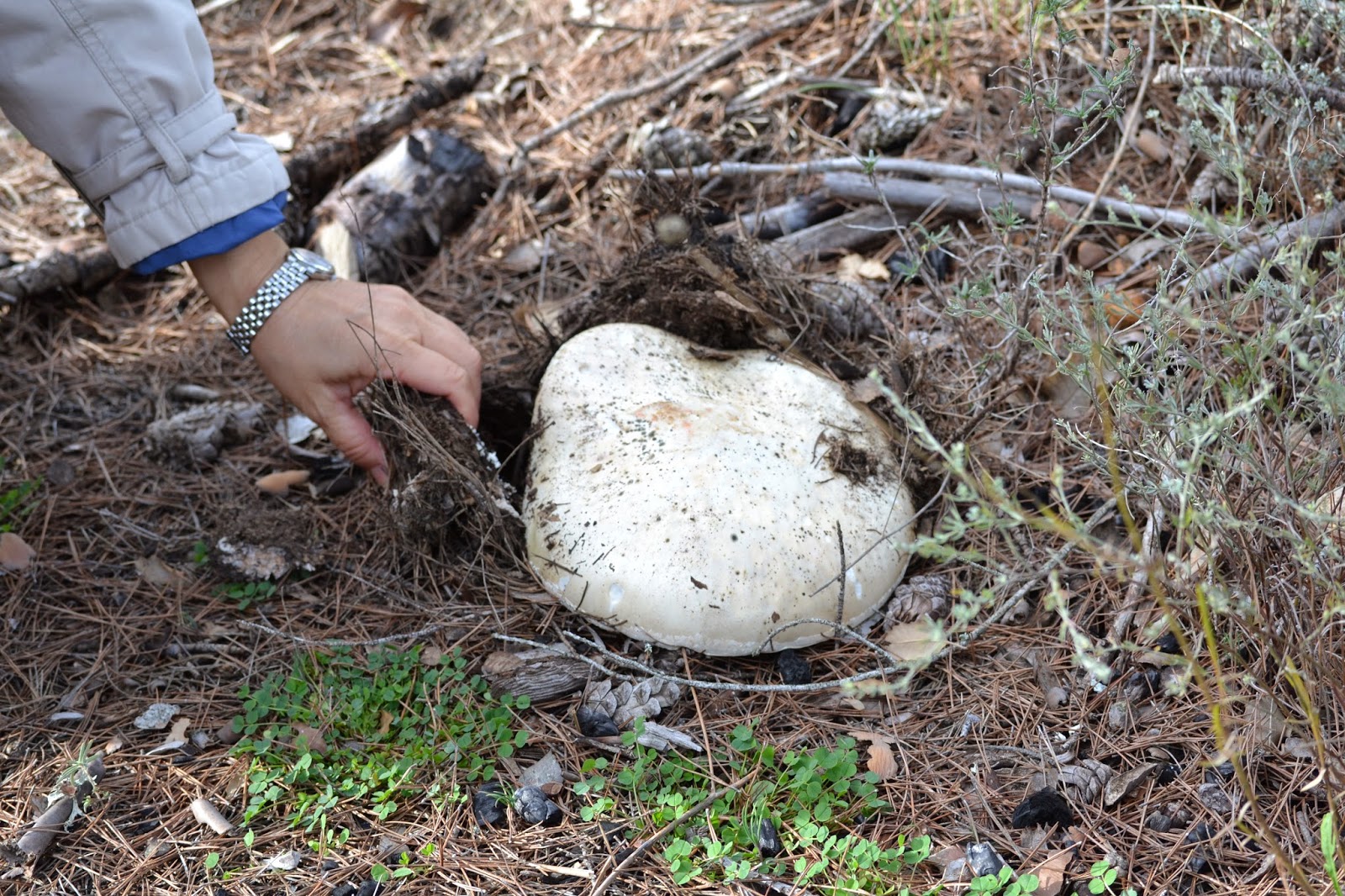
Well this week is brought to you from Spain again.
As we are alternating weeks to do the Blog, this blog has a bit of what I got up to last weekend and a little of this weekend.
First up last weekend I abducted my cousin Adei to go see the first snow, these are the mountains that you can see in the distance from Madrid. With Kyran being in Canada and in the snow i felt the need to go and see the snow to keep things even.

In the above picture you can see the lichens living on the the trunks of all the tree.
Ready for your Lichen lesson??!!.

Lichens are both a Pioneering Species and an Indicator species.
Pioneer species - Are hardy species which are the first to colonize previously disrupted or damaged ecosystems, beginning a chain of ecological succession that ultimately leads to a more biodiverse steady-state ecosystem.
Some lichens grow on rocks without soil, so may be among the first of life forms, and break down the rock into soil for other plants.
Since some uncolonized land may have thin, poor quality soils with few
nutrients, pioneer species are often hardy plants with adaptations such
as long roots, root nodes containing nitrogen-fixing bacteria, and leaves that employ transpiration.
Pioneer species will die creating plant litter, and break down as "leaf mold" after some time, making new soil for secondary succession (see below), and nutrients for small fish and aquatic plants in adjacent bodies of water.
Indicator species - There have been many studies as to what lichens are used to indicate, one study was done in England using 6-10 species of lichens and seeing with ones grow in different pH bark of trees.
However more commonly lichens are widely used as environmental indicators or bio-indicators.
If air is very badly polluted with sulphur dioxide there may be no
lichens present, just green algae may be found. If the air is clean,
shrubby, hairy and leafy lichens become abundant.
So the point of the story is that as you can see in the above photo and following photo is that the lichens are very ´hairy and leafy´ so the area that we were in had very good air quality.
Continuing on, the photo below is from one of the villages that we passed through on our way to the mountains.
(I couldn't tell you which Village as we got lost a little bit, Its a nice photo though)

Following are some photos from the snow, and our little hike up the mountains.








Well that´s all the snow photos for now an all the photos from last weekend, now moving on to this weekend!
This weekend Consisted of a trip out to Entrepeñas lake area, which is out to the east of Madrid.
I have in a previous blog mentioned this area of Spain.
In this blog however we will be exploring the surrounding villages and views around the lake.

My Apologies in advance it was a hazy day, so some of the photos look like i had a dirty lens.
So lets get started!
Here are some photo of different parts of the lake




 Above and to the left is the Entrepeñas version of the Rio Jesus on the hill. The Sagrado Corazón de Jesús is itself 5.5 meters high and the entire monument is 23 meters tall. The statue was inaugurated on the 26th of October 1956.
Above and to the left is the Entrepeñas version of the Rio Jesus on the hill. The Sagrado Corazón de Jesús is itself 5.5 meters high and the entire monument is 23 meters tall. The statue was inaugurated on the 26th of October 1956. Above is the Plaza where visitors can admire the parish church of Nuestra Sra. De la Asunción (s. XVII) with Renaissance façade and slender tower. The interior is Gothic transition, with three naves, ribbed domes, large presbyteries and high choir and chancel great. The choir hosted on the inside of the tower is one of the most important works of Spanish architecture of the XVI century, built on a graceful arc.
Above: Ermita del Socorro. Sacedón


Above: A flock of migrating birds heading towards Africa for the winter
And finally we went Fungus hunting
here are some photos of the different fungi that we encountered about our scavenge .



Note the Worms in the fungi below to the left, this is an edible fungus if you can beet the worms to it.Once the worms are there people generally get sick from eating the fungus.




 And that brings us to end of yet another blog with a photo of yours truly, while if hard at work bring you updates from all over the world.
And that brings us to end of yet another blog with a photo of yours truly, while if hard at work bring you updates from all over the world.the next blog will be brought to you by Kyran as he settles into life on the mountain will all the cold and snow storms you need.
***
“What is that feeling when you're driving away from people and they recede on the plain till you see their specks dispersing? - it's the too-huge world vaulting us, and it's good-bye. But we lean forward to the next crazy venture beneath the skies.”
― Jack Kerouac, On the Road






































